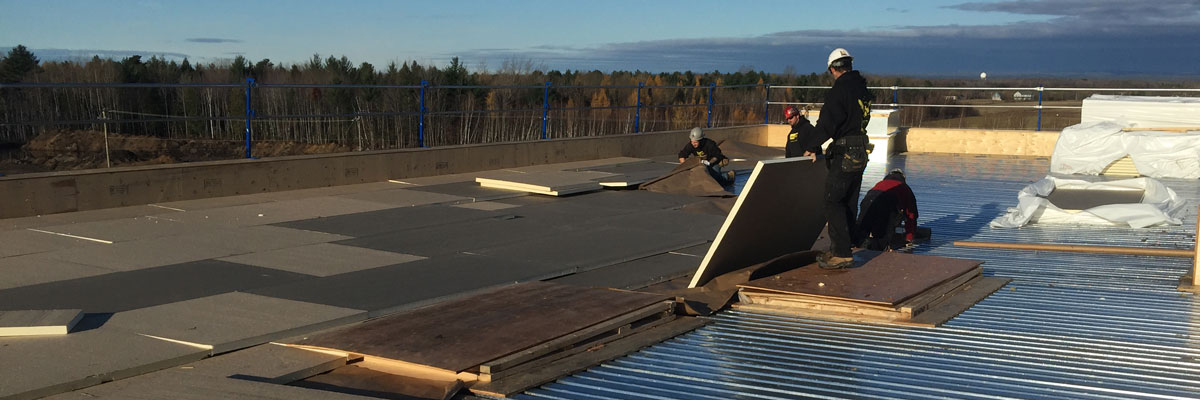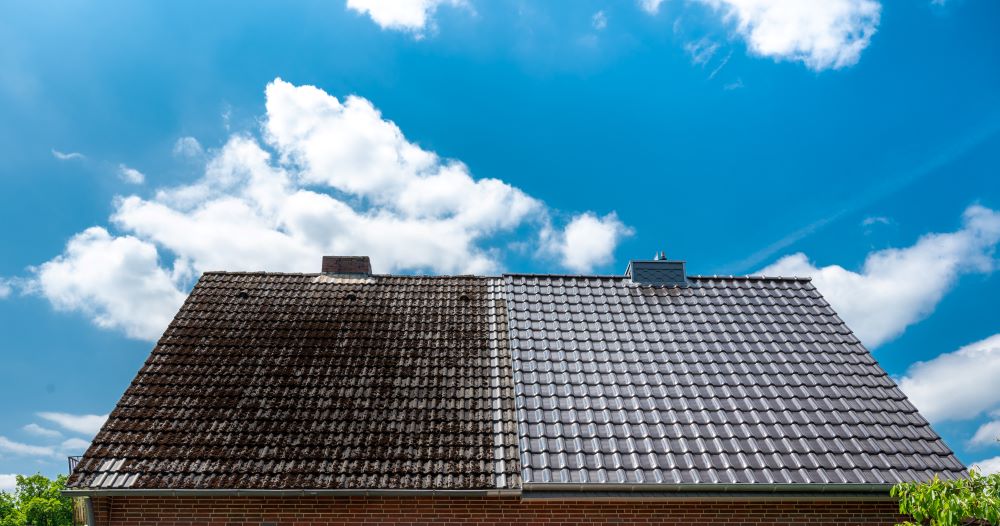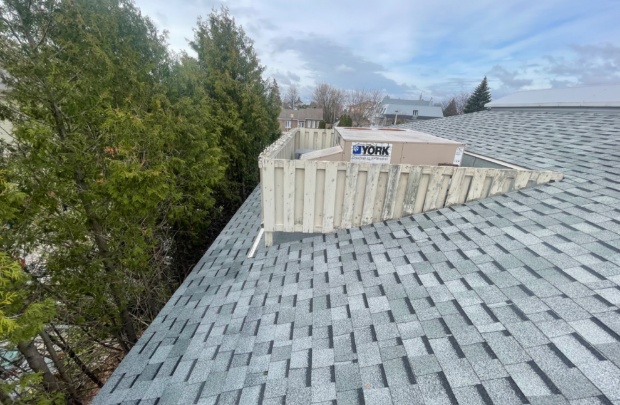Insulation is a very important aspect of both residential and commercial buildings. In addition to reducing heat loss, it also protects the building’s inhabitants from inclement weather, which can be quite intense in Quebec! Insulation can also make attic spaces warm and habitable, despite their proximity to the roof.
It can be difficult to decide whether to insulate a roof from the inside or the outside, but it must be done in order to make the building comfortable for its inhabitants.
Find out how to insulate your roof from the inside in this article from the experts at Les Couvreurs Duro-Toit.
1. Choose your roof insulation
There are different types of insulation available for roof construction and renovation. That being said, not all kinds of insulation work for every method of installation. To avoid any confusion, here are the kinds that can be used to insulate a roof from the inside.
Mineral wool
Mineral wool, also known as rock wool or glass wool, is an inexpensive insulation material. Its names come from its composition, which is usually either melted fiberglass (glass wool) or molten rock (rock wool).
The material is called wool because the way it is manufactured creates a dense material similar to animal wool. This insulation material has the following properties:
– Non-flammable
– Excellent thermal insulation
– Easy to install
– Does not absorb moisture, preventing the formation of mould
– Acoustic insulation
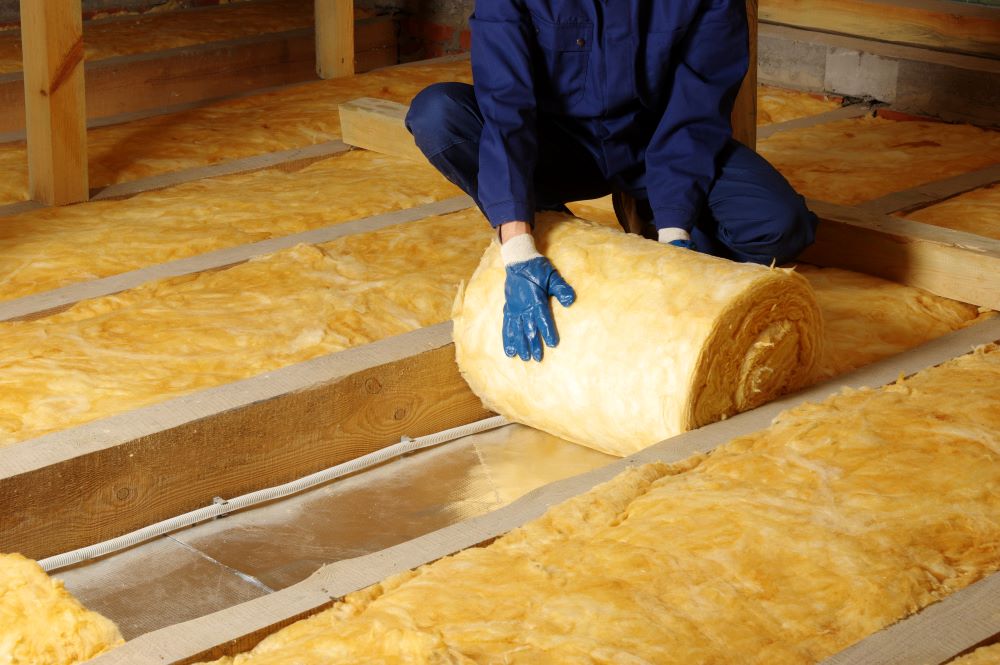
Insulation board
When insulating a roof, homeowners sometimes want to insulate an unused attic to convert it into a habitable space. In addition to insulating the structure, insulation board leaves a smooth finish that serves as a good base for converting the attic.
This rigid or semi-rigid material has acoustic properties that reduce sound coming from the roof or attic. It is considered the material of choice for under-roof insulation.
Polyurethane foam
Once used to stuff furniture such as sofas, polyurethane foam has become a high-performance insulator that lacks popularity despite its superior thermal resistance. It is less commonly used partly because it is more expensive than mineral wool or insulation board and requires installation by a specialized company.
Furthermore, there is a certain amount of controversy concerning the foam’s potential health risks, which has limited its use.
That’s why it’s important to find a good roofer who can provide you with as much information as possible about this kind of insulation.
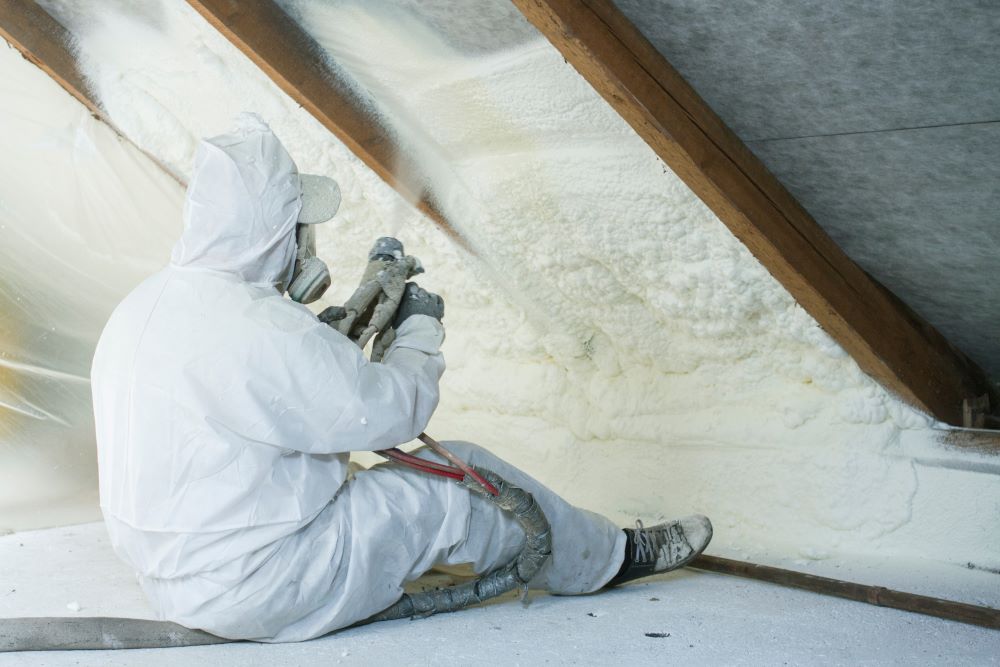
Cellulose fibre or wadding
Cellulose is the most eco-friendly insulation on the market. It is made by processing recycled newspaper and has a good quality/price ratio.
Cellulose fibre is also known as blown-in insulation because of its installation method, which can fill a space quickly and completely. It can be installed anywhere in the house, including the roof, except for the basement, which is too humid for this type of insulation.
Cellulose material is sprayable, safe, sustainable and has good thermal insulation, but it must be installed by professionals.
2. Calculate how much insulation to use
Once you’ve decided which insulation you want to install, you’ll need to calculate the amount required based on the material’s R-value and the scope of your project.
The best strategy is to contact an energy consultant to perform an assessment and determine the amount of insulation needed.
Ideally, the consultant will try to meet the following R-values for your roof:
– Attic: R-60
– Pitched or cathedral roof: R-30
3. Use the right method to insulate a roof from the inside
The installation method will depend on the type of insulation you choose.
For example, insulation board and mineral wool must only be installed after any holes or tears in the vapour barrier have been sealed to prevent air from getting in. Then, at least two layers of insulation must be installed to reach the recommended R-value.
Insulation materials such as polyurethane foam and cellulose fibre require installation by professionals who are familiar with the proper method.
Call on Les Couvreurs Duro-Toit to insulate your roof from the inside
Depending on the type of insulation you choose for your project, you may need roofing professionals to take care of the installation.
Les Couvreurs Duro-Toit have all of the roofing and insulation expertise required to work in accordance with local regulations and help our clients successfully complete the projects that matter most.
Contact us today to make the most of our experience in Montreal and the surrounding area.

